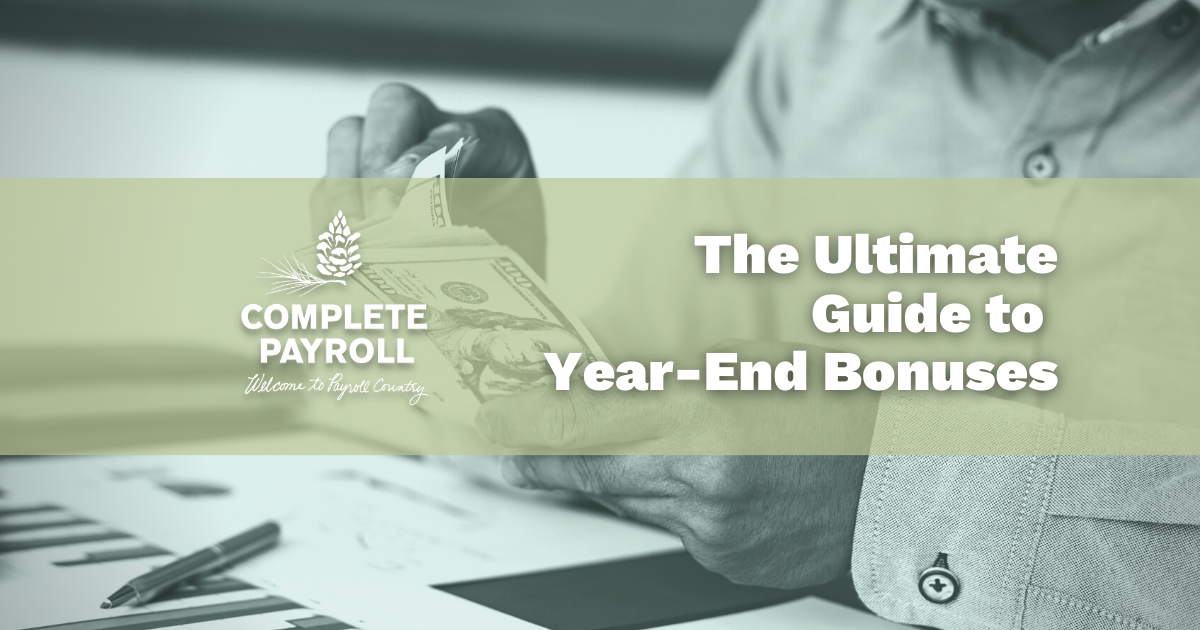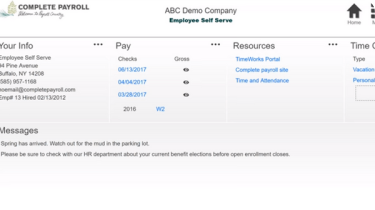Automate Your I-9 Verification and Reduce Audit Risk
Written by Rick Fish, Jr., C.P.P.

For business owners and HR professionals managing a workforce, the Form I-9, Employment Eligibility Verification, is a non-negotiable federal requirement. Every person hired in the U.S. must complete this form to verify their identity and employment authorization. However, managing this process is a growing headache for many organizations, representing a critical intersection of regulatory risk, administrative burden, and poor employee experience.
New data reveals that most employers are lagging in modernizing this essential function. A recent study by Symmetry found that 74% of employers still lack full automation in their I-9 verification processes. This "automation gap" leaves many businesses vulnerable to significant financial penalties and crippling audits.
This post will explore the compelling case for transitioning from manual Form I-9 processing to an automated electronic solution. For any organization looking to enhance efficiency, reduce compliance risk, and streamline onboarding for a modern workforce, automation is no longer a luxury—it is a strategic necessity.
The Cost of Noncompliance
The most urgent reason to adopt an automated I-9 process is the escalating risk of penalties. The Department of Homeland Security (DHS) has been rigorous in increasing civil monetary penalties for violations. These fines are not trivial and can accumulate quickly, turning a simple paperwork mistake into a serious financial drain.
- Paperwork Violations: For administrative or technical errors—such as a missing signature, unchecked box, or incorrect date—the penalty ranges from $288 to $2,861 per form.
- Knowingly Employing Unauthorized Workers: Fines for knowingly hiring or retaining unauthorized aliens are far steeper and escalate with repeated offenses:
- First offense: $716 to $5,724 per unauthorized alien.
- Second offense: $5,724 to $14,308 per unauthorized alien.
- Third or subsequent offense: $8,586 to $28,619 per unauthorized alien.
- E-Verify Noncompliance: Fines for noncompliance with E-Verify regulations can range from $973 to $1,942 per employee.
In severe cases, noncompliance can even lead to criminal charges for document fraud, loss of government contracts, or debarment (a multi-year ban from federal procurement and certain commercial activities). The stakes are high, yet 31% of surveyed organizations have already experienced an I-9 audit or compliance issue.
The I-9 Automation Gap and Common Bottlenecks
Despite the severity of the penalties, Form I-9 verification remains largely "manual, prone to delays and errors" for the vast majority of employers.
A survey of HR and compliance professionals highlighted specific administrative steps that create the most challenges and delays for employers:
| Bottleneck Process Step | Percentage of Respondents Citing the Issue |
|---|---|
| Section 2 In-Person Reviews | 46% |
| Error Corrections/Resubmissions | 41% |
| E-Verify Submissions | 39% |
| Section 1 Completion | 29% |
The most common process for employers is to be "stuck in the middle," relying on a combination of manual steps and partial, non-integrated systems. This wastes time and resources on maintaining fragmented systems that fail to deliver speed or accuracy. The ongoing administrative burden is significant: 45% of HR teams still fix I-9 errors monthly or weekly after the initial onboarding is complete.
Automated Solutions for a Modern Workforce
Automation directly addresses these pain points by embedding compliance controls and efficiency into the onboarding workflow. For HR technology platforms, this represents an opportunity to shift from a simple transactional system to an indispensable compliance partner.
1. Addressing the Remote and Hybrid Challenge
The biggest bottleneck—Section 2 in-person document review—is severely complicated by the fact that 59% of employers are hiring for remote or hybrid roles.
- DHS Alternative Procedure: In 2023, DHS provided a game-changer by introducing an optional alternative verification procedure for remote hires. For employers enrolled in E-Verify, this allows for the I-9 verification to be conducted through a live video interaction rather than requiring a physical in-person inspection, provided copies of the documents are securely retained.
- Mobile-First Design: Automated solutions support this shift with responsive, mobile-optimized experiences, ensuring new hires can complete the process from any device. This is vital, as 64% of employers report that employees occasionally or frequently struggle with I-9 completion when using mobile devices or home methods.
- Geofencing for Compliance: Advanced systems use geofencing technology for remote or hybrid workers. This captures location metadata, adding a crucial audit layer that verifies the authorized reviewer and the new hire were in the same physical place for the Section 2 review, as required by the regulations.
2. Ensuring Audit Readiness and Integrity
Automated systems build an indispensable defense against government audits.
- Centralized Digital Storage: All I-9 forms and supporting documents are stored in a centralized, secure digital location. This eliminates the risk of misplaced or damaged paper files and simplifies the process of producing records on demand.
- Immutable Audit Trail: The system creates a detailed, immutable audit trail that logs every single action, user, signature, and timestamp related to the form’s completion. This provides irrefutable evidence of a good-faith compliance effort, which is critical during government inspection.
- Instant Reporting: An intuitive admin dashboard allows HR teams to instantly pull a clean, complete report for an auditor on demand. Employers have just three business days to produce all I-9 forms and supporting documentation when audited. The ability to instantly pull a report on-demand is essential for meeting this deadline.
3. Streamlining the End-to-End Workflow
Automation replaces manual data entry and paper shuffling with intelligent, guided workflows.
- Smart Validation: Embedded tools use intelligent logic to guide new hires through Section 1, flagging missing fields, logical errors, or unacceptable documents in real-time. This prevents the administrative and technical errors that lead to fines.
- Seamless E-Verify: Automated tools provide seamless E-Verify integration. This includes automatic case creation and real-time status tracking, which reduces manual effort and accelerates case resolution.
Choosing Your Path: Build, Buy, or Blend
HR Tech and payroll platforms have three main options for delivering this critical functionality to their customers: building an in-house system, buying a ready-made solution, or taking a hybrid approach.
| Strategy | Description | Key Advantage | Key Disadvantage |
|---|---|---|---|
| Build In-House | Creating a bespoke I-9 verification system from scratch. | Maximum control over features and workflow customization. | Requires considerable ongoing investment (staffing, maintenance) and high regulatory risk. |
| Buy a Proven Solution | Adopting a ready-made platform and integrating it via API. | Rapid deployment, proven compliance, and predictable costs. | Less flexibility for unique or branded workflows. |
| Blend/Hybrid | Leveraging a proven solution for core compliance logic while building custom integration layers and workflows. | Lowers compliance risk while allowing the platform to maintain unique workflows or branding. | Still requires development resources for custom integration and front-end experience. |
While building in-house offers control, it carries a heavy cost in ongoing engineering and compliance resources, which diverts time and capital from core business priorities. For most, buying a proven platform or utilizing a blend approach is the more strategic move. This accelerates time-to-value, ensures consistent compliance, and frees resources to focus on business growth.
The market demand is clear: 99% of employers surveyed are ready to adopt or open to learning more about embedded automated I-9 solutions. By enabling this core capability, HR Tech platforms can significantly reduce their customers’ risk, cement themselves as an indispensable partner, and drive deeper platform adoption.
Next Steps for Your Business
Review your current I-9 process today. If your team is spending precious time on manual data entry, in-person document reviews are a logistical nightmare, or you are worried about the next audit, it is time to look seriously into automated solutions. Your priority should be finding a solution that delivers on four key features:
- Automation: Full, guided completion of Sections 1 and 2 with intelligent error-checking.
- Integration: Seamless E-Verify integration via API for minimal administrative effort.
- Mobile Readiness: Support for remote verification via live video and a user-friendly, mobile-first experience.
- Audit-Grade Compliance: Secure, centralized storage with an immutable audit trail.
By embracing I-9 automation, you transform a high-risk administrative burden into a streamlined, low-risk process, giving your HR team the confidence and time to focus on strategic employee needs.
















 Get Instant Blog Notifications
Get Instant Blog Notifications
%20Need%20to%20Know%20about%20the%20New%20I-9.jpg)
